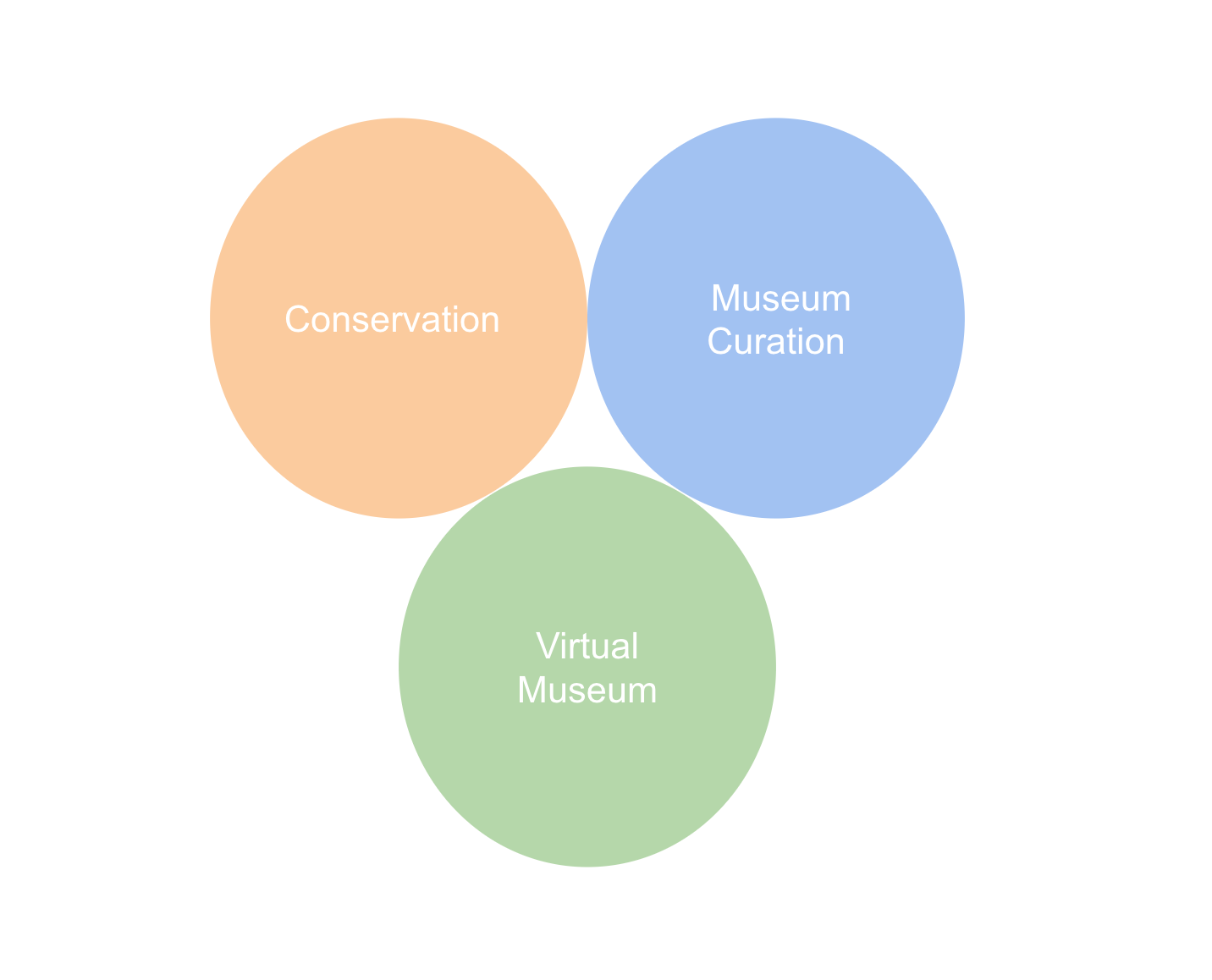Tribal Art Museum

capitArt has launched the Tribal Art Museum, a cultural heritage conservation and digitalisation, project in Nagaland-India in collaboration with Tribal Art and Textile Museum Society. The project consists of the conservation and curation of artworks and artefacts of the Naga tribes, mainly the Konyak tribe famous for its head-hunting tradition. Tribal sculptures, statues, weapons, ornamented gates, carved walls, pieces of furniture of kings and queens, textile and jewellery that are extraordinary examples of tribal art are taking part in the museum’s collection and soon will be accessible to the public not only in a physical museum in Nagaland but also in a virtual museum accessible for all world-wide.
The Tribal Art Museum project consists of three sub-projects: the conservation of the historical tribal artworks and artefacts, completing the museum building and curating the works in hand, and transforming the physical museum into a virtual museum and creating the world’s first tribal art digital archive open to everyone. Please feel free to get in touch with the team to collaborate on any sub-projects: contact@capitart.com
Modernization has been taking a toll on tribal cultures. Globalization, homogenization, and pervading influence of capitalist culture are putting intense pressure on tribal people to fit into the conventional cultural frameworks.
Each human community has developed its own ways of living in relation to its surroundings in time. Distinct living traditions provide living communities with a ground to build a sense of continuity in time and are necessary components of cultural diversity and human creativity.
“The whole tribal society at present moment is going through the critical stage of transformation. Various modernizing forces have brought rapid transformation in their whole socio-cultural milieu. Cultural intermixture is on increase and this is sure to affect a perceptible change in the lifestyle of tribes. Changes brought through modern and scientific attitudes are healthy signs for their development, but at the same time attention should be paid to preserving their traditional systems, which have immense value. The art and culture of tribes should be given new orientation and respectability in the overall scheme of cultural development. The best traits of both tradition and modernity should be synthesized for their sustainable development. The tribal people have rich traditions, cultures and heritage with unique lifestyles and customs. To date, it is not being preserved. Today the rich cultural heritage of the tribes manifested in its folklore, costume, jewellery and lifestyle, is under serious threat, and may fade into oblivion. There is no authentic documentation of the traditional tribal lives, history and cultural heritage in India. At present, there is no centre of excellence or one-stop information centre, which holistically deals with the tribal folklores, customs and traditions and its application for promoting endogenous development.” Dr. Vinay Kumar “Preservation of Tribal Culture and Tradition: An Appraissal” in The Tribal Tribune Vol 6.